Securing Legacy Systems Strategies for Modernizing Old Tech
As enterprises race to embrace digital transformation, many find themselves shackled to legacy systems—aging yet mission-critical technologies that power core business operations. While these systems often function reliably for their intended tasks, their outdated architectures expose organizations to security risks and operational inefficiencies. The challenge is securing and modernizing these technological relics without jeopardizing business […] The post Securing Legacy Systems Strategies for Modernizing Old Tech appeared first on Cyber Security News.

As enterprises race to embrace digital transformation, many find themselves shackled to legacy systems—aging yet mission-critical technologies that power core business operations.
While these systems often function reliably for their intended tasks, their outdated architectures expose organizations to security risks and operational inefficiencies.
The challenge is securing and modernizing these technological relics without jeopardizing business continuity or incurring prohibitive costs.
The Risks Lurking in Legacy Systems
Legacy systems were built when cyber threats were less sophisticated. Today, they often lack robust security features, such as advanced encryption, multi-factor authentication, and real-time monitoring, which are now standard in modern IT environments.
Compounding the risk, many run on unsupported operating systems, making them vulnerable to exploits without patches.
These systems may also struggle to generate security logs or alerts, hampering incident detection and response. Their incompatibility with contemporary security tools and protocols further complicates safeguarding sensitive data.
The result: organizations face heightened risks of data breaches, ransomware attacks, and regulatory non-compliance, with potentially severe financial and reputational consequences.
Core Strategies for Securing Legacy Systems
1. Regular Patching and Updates
Applying security patches and software updates remains a fundamental defense. Even for legacy systems, vendors may occasionally release critical patches. Organizations should monitor for these updates and implement them promptly to close known vulnerabilities. However, when vendor support ends, alternative strategies become essential.
2. System Wrappers and Middleware
Legacy system wrappers act as intermediaries, enabling outdated systems to interface securely with modern networks. These wrappers can add layers of encryption, modern authentication, and even intrusion detection capabilities, effectively shielding legacy applications from direct exposure to threats. They also facilitate integration with newer technologies, easing eventual migration or replacement.
3. Network Segmentation and Isolation
Segmenting networks to isolate legacy systems limits the blast radius of a potential breach. By confining legacy applications to dedicated network zones with strict access controls, organizations can prevent attackers from quickly moving laterally to more sensitive or modern assets. Firewalls and intrusion detection systems further bolster these segmented environments.
4. Strong Authentication and Access Controls
Implementing multi-factor authentication (MFA) and enforcing the principle of least privilege are critical. Only essential personnel should have access to legacy systems, and permissions should be reviewed regularly. This minimizes the risk of unauthorized access from external attackers or insider threats.
5. Encryption and Data Protection
Encrypting data at rest and in transit is vital, primarily when legacy systems handle sensitive information. While some older platforms may lack native encryption support, external tools or wrappers often provide the necessary protection.
6. Continuous Monitoring and Incident Response
Deploying monitoring tools—even if external to the legacy system—can help detect anomalies and suspicious activity. Regular audits and log reviews are essential for early threat detection and rapid response.
7. Employee Training and Awareness
Human error remains a significant vulnerability. Training staff on security best practices, phishing awareness, and proper use of legacy systems can prevent many common breaches.
8. Long-Term Replacement Planning
While securing legacy systems is necessary, it is not a permanent solution. Organizations should develop phased plans for modernization or replacement, ensuring business continuity while reducing long-term risk exposure.
Modernization: Incremental vs. Big Bang
Modernizing legacy systems is a complex, resource-intensive endeavor. Organizations generally choose between two approaches:
- Incremental Modernization involves gradually refactoring or re-platforming components and introducing new functionalities in manageable cycles. This approach minimizes disruption and allows for continuous alignment with evolving business needs.
- Significant Bang Replacement: A wholesale switch from old to new systems. While this can deliver rapid transformation, it carries substantial operational disruption risks and steep staff learning curves.
Most experts recommend an incremental approach, leveraging agile methodologies and automated testing to ensure stability and adaptability.
The Role of AI and Automation
Artificial intelligence is increasingly used to accelerate modernization. AI-driven tools can automate repetitive tasks, identify inefficiencies, and optimize migration paths, making the transition from legacy to modern systems faster and more reliable.
Securing and modernizing legacy systems is a balancing act between operational continuity and risk mitigation.
By combining robust security practices—such as patching, segmentation, and access controls—with a well-planned modernization roadmap, organizations can protect their critical assets while positioning themselves for future growth.
The journey is complex, but with careful strategy and execution, even the oldest systems can be transformed to meet the demands of today’s digital economy.
Find this News Interesting! Follow us on Google News, LinkedIn, & X to Get Instant Updates!
The post Securing Legacy Systems Strategies for Modernizing Old Tech appeared first on Cyber Security News.















































































































































































![[The AI Show Episode 151]: Anthropic CEO: AI Will Destroy 50% of Entry-Level Jobs, Veo 3’s Scary Lifelike Videos, Meta Aims to Fully Automate Ads & Perplexity’s Burning Cash](https://www.marketingaiinstitute.com/hubfs/ep%20151%20cover.png)

























































































































![[DEALS] FileJump 2TB Cloud Storage: Lifetime Subscription (85% off) & Other Deals Up To 98% Off – Offers End Soon!](https://www.javacodegeeks.com/wp-content/uploads/2012/12/jcg-logo.jpg)







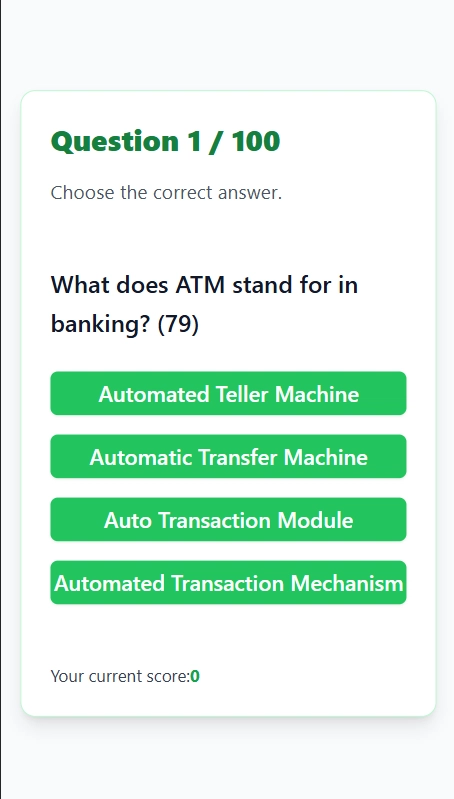













































































































.png?width=1920&height=1920&fit=bounds&quality=70&format=jpg&auto=webp#)





















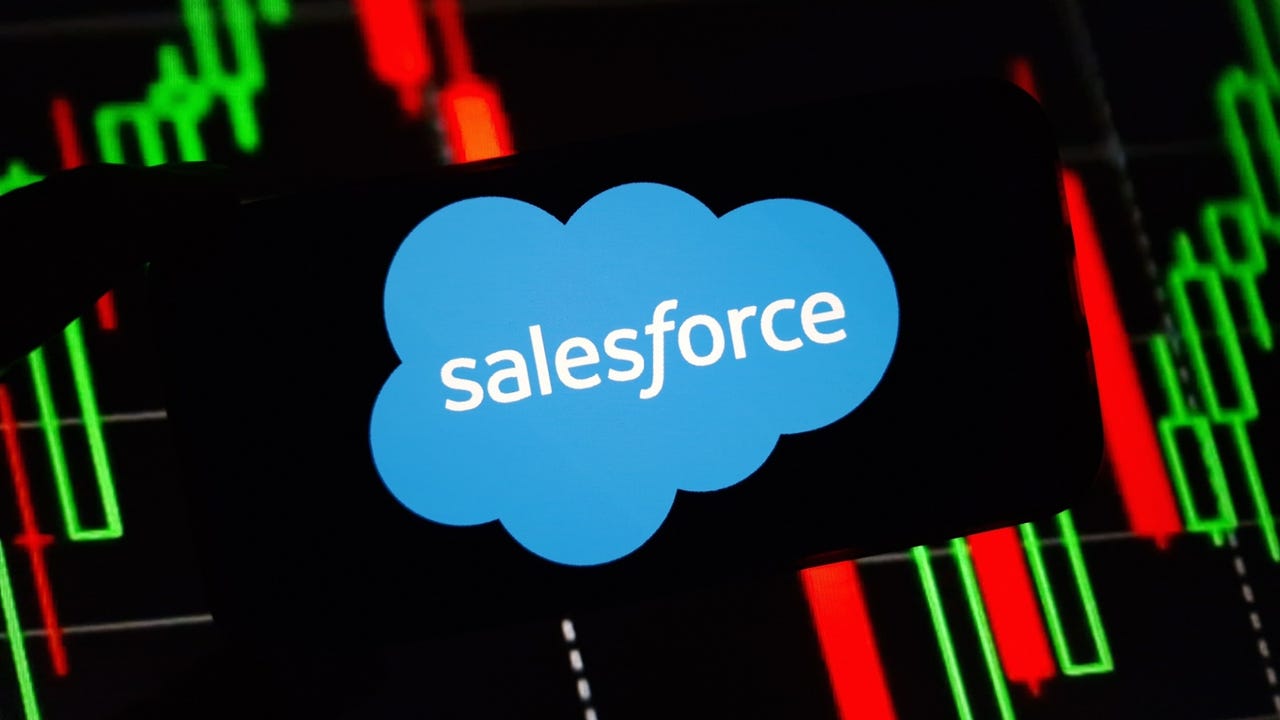















































































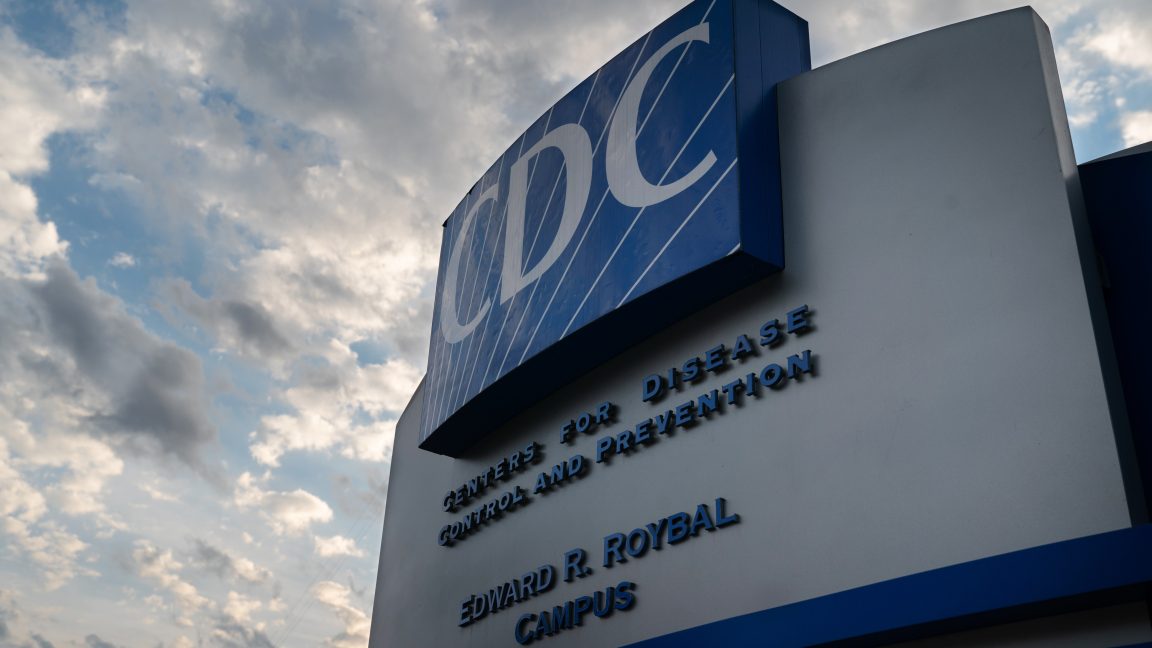














![Epic Games: Apple’s attempt to pause App Store antitrust order fails [U]](https://i0.wp.com/9to5mac.com/wp-content/uploads/sites/6/2025/05/epic-games-app-store.jpg?resize=1200%2C628&quality=82&strip=all&ssl=1)
















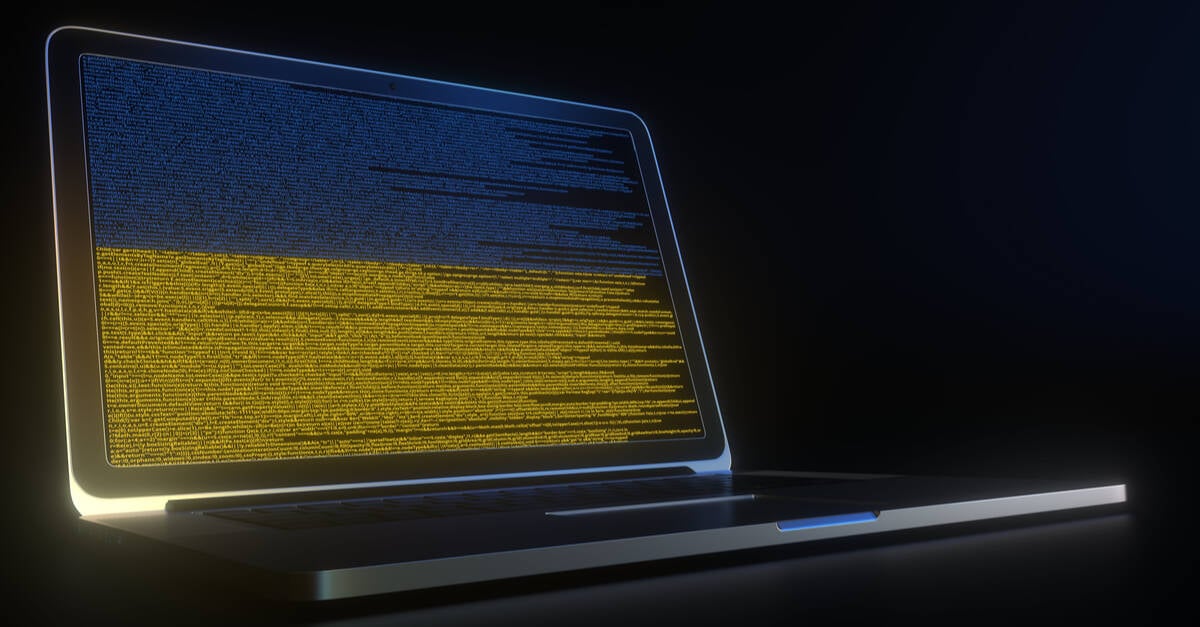



![Apple AI Launch in China Delayed Amid Approval Roadblocks and Trade Tensions [Report]](https://www.iclarified.com/images/news/97500/97500/97500-640.jpg)



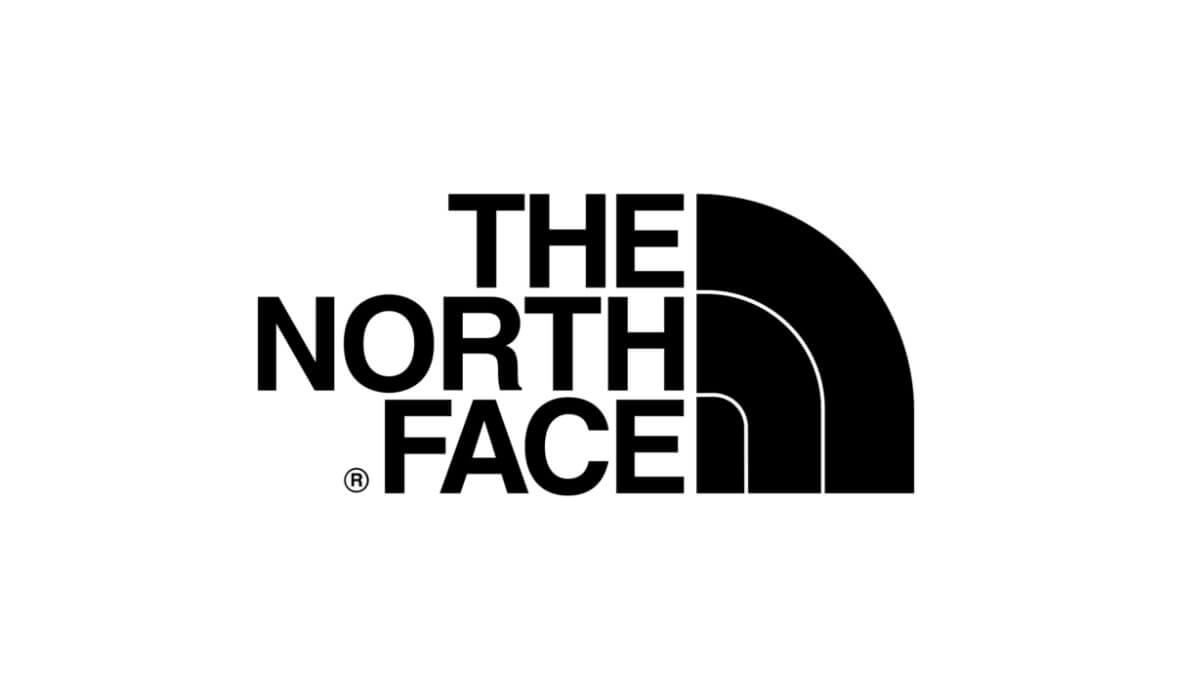












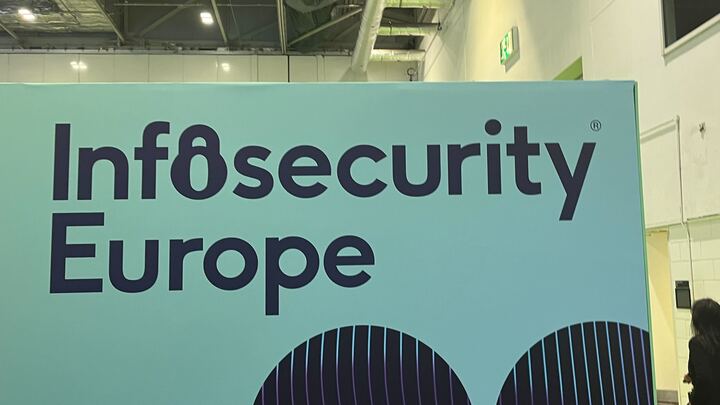

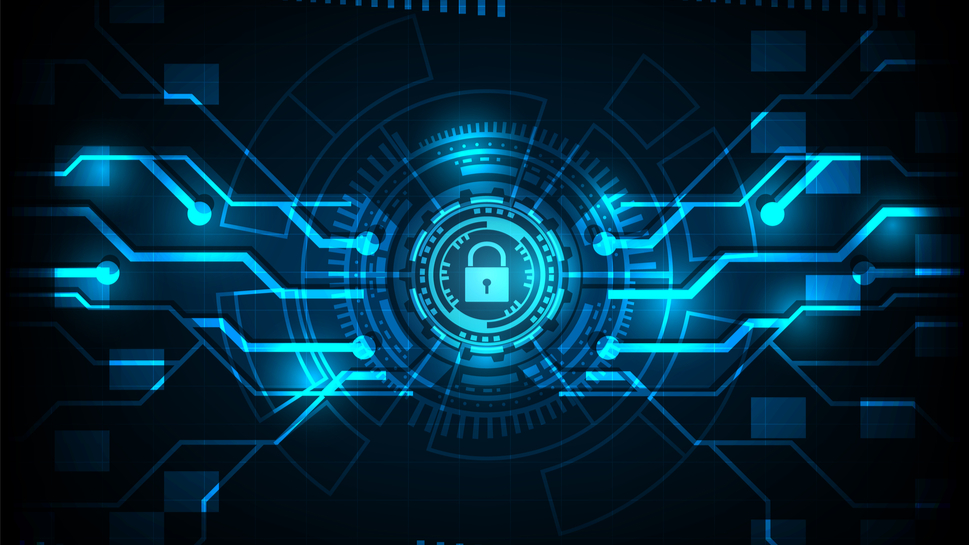











![[UPDATED] New Android Trojan Can Fake Contacts to Scam You — Meet Crocodilus](https://www.androidheadlines.com/wp-content/uploads/2022/12/Android-malware-image-1.jpg)


















![T-Mobile may be misleading customers into spending more with new switch offer [UPDATED]](https://m-cdn.phonearena.com/images/article/171029-two/T-Mobile-may-be-misleading-customers-into-spending-more-with-new-switch-offer-UPDATED.jpg?#)

















